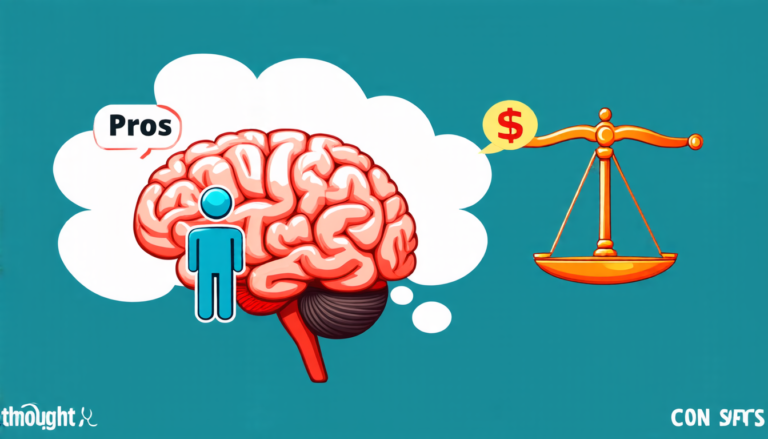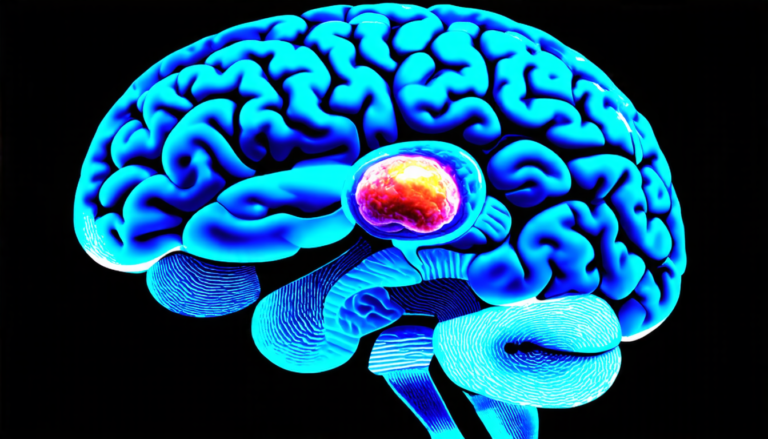Monday 22 September 2025
Scientists have made a significant breakthrough in speech synthesis, allowing them to generate natural-sounding speech without having to convert text into phonemes first. This technology has the potential to revolutionize the way we interact with machines and each other.
The traditional method of converting text into speech involves using grapheme-to-phoneme conversion, which is a complex process that requires a vast amount of data and computational power. However, this new approach uses a neural network to generate symbols from raw audio, allowing it to produce high-quality speech without the need for phonemes.
To achieve this, the researchers used a type of neural network called a generative spoken language model, which is trained on large amounts of unlabeled speech data. This model learns to identify patterns in the audio and use them to generate new symbols that are similar to the original audio. The model can then be fine-tuned to produce speech that is specific to a particular language or accent.
The researchers tested their model using Japanese text-to-speech synthesis, which is notoriously difficult due to the complexity of the Japanese writing system. They found that their model was able to generate high-quality speech that was comparable to the best commercial systems currently available.
This technology has a wide range of potential applications, from virtual assistants and voice-controlled devices to language learning tools and assistive technologies for people with disabilities. It also has the potential to revolutionize the way we interact with each other, allowing us to communicate more naturally and effectively with machines.
One of the most exciting aspects of this technology is its ability to learn and adapt over time. As it is exposed to new data and feedback, it can improve its performance and become even more accurate and natural-sounding. This means that it has the potential to continue improving and becoming more sophisticated over time, allowing it to be used in a wide range of applications.
Overall, this breakthrough in speech synthesis technology has the potential to revolutionize the way we interact with machines and each other. Its ability to generate high-quality speech without the need for phonemes makes it a powerful tool that could have a significant impact on many different fields.
Cite this article: “Breakthrough in Speech Synthesis Enables Natural-Sounding Conversations”, The Science Archive, 2025.
Speech Synthesis, Neural Network, Generative Spoken Language Model, Text-To-Speech, Japanese, Virtual Assistants, Voice-Controlled Devices, Assistive Technologies, Natural-Sounding Speech, Machine Learning







